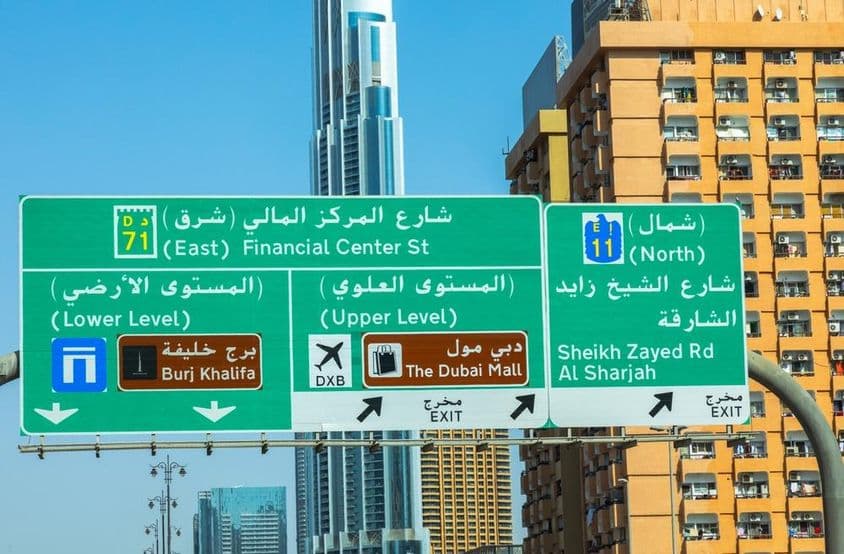Can Dynamic Pricing Cure Dubai's Traffic Woes?

Can Dynamic Pricing Solve Traffic Jams at Dubai's Salik Tolls?
Dubai, renowned for its traffic management and transport infrastructure, faces growing congestion challenges due to rapid city expansion. Since the 2007 implementation of the Salik toll system designed to reduce traffic on major routes, the question of its sustainability remains. An innovative dynamic pricing model is proposed to alleviate congestion.
Current Situation: Fixed Pricing at Salik Gates
Currently, Salik charges a fixed toll of 4 dirhams each time a vehicle passes through one of its toll gates spread across the city, aiming to evenly distribute traffic and encourage drivers to opt for alternative routes or public transport.
While effective in increasing municipal revenue, congestion during peak times persists, sparking questions over the efficacy of a dynamic pricing model where tolls fluctuate with traffic, potentially offering a more efficient solution.
Understanding Dynamic Pricing
Dynamic pricing adjusts costs in real-time based on demand and supply. This concept is used globally, particularly in transportation and parking. Drivers pay variable tolls, higher during peak hours and lower during off-peak periods.
Dynamic pricing seeks to curb peak-time congestion by incentivizing drivers to travel at different times or routes when tolls are cheaper, thus aiming for a more balanced traffic spread and reduced overcrowding.
Advantages of Dynamic Pricing in the Salik System
1. Congestion Reduction: Dynamic pricing could effectively lessen peak-time congestion by encouraging drivers to consider public transportation, carpooling, or travel at alternative times.
2. Environmental Impact: Reduced congestion can lower pollution levels, improving overall air quality.
3. Revenue Growth: Higher peak-time tolls could boost city revenue, funding transport infrastructure and eco-friendly transportation solutions.
4. Traffic Distribution: It encourages drivers to use less busy routes, improving city-wide traffic distribution.
Challenges and Considerations
The introduction of dynamic pricing is not without challenges, including public acceptance. Sudden rate changes may be problematic for drivers with fixed schedules.
Another concern is the technological implementation, requiring real-time traffic monitoring, complex algorithms, and advanced infrastructure. Transparency is necessary so drivers clearly understand toll costs at any time.
Future Outlook: Dynamic Pricing and Smart Transit Systems
Dynamic pricing could revolutionize urban traffic management, crucial in rapidly expanding cities like Dubai. Implementing this model in Salik could play a significant role in reducing congestion and fostering a sustainable and green transport system.
Dubai aims for smarter urban solutions, with dynamic pricing as a step toward future transit infrastructure development. It promises a more flexible and efficient commute for drivers while offering long-term solutions for traffic congestion.
Conclusion
Dynamic pricing in the Salik toll system could introduce a novel dimension to traffic reduction. Although specifics on implementation remain unclear, aligning toll costs with traffic loads presents an innovative approach to Dubai's traffic woes.
If you find any errors on this page, please let us know via email.


